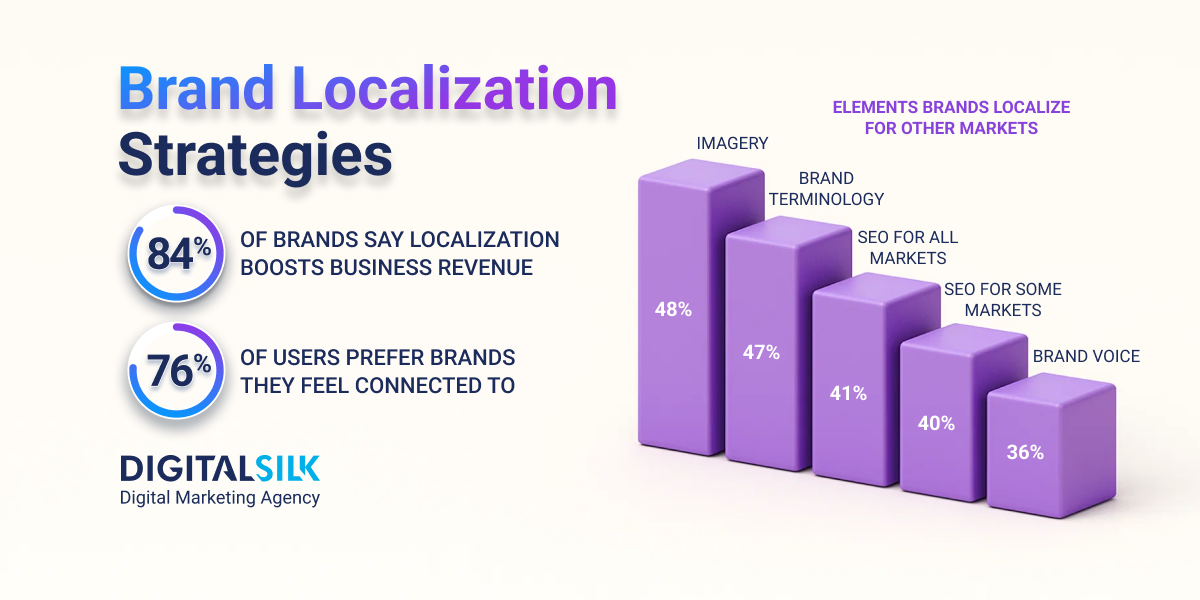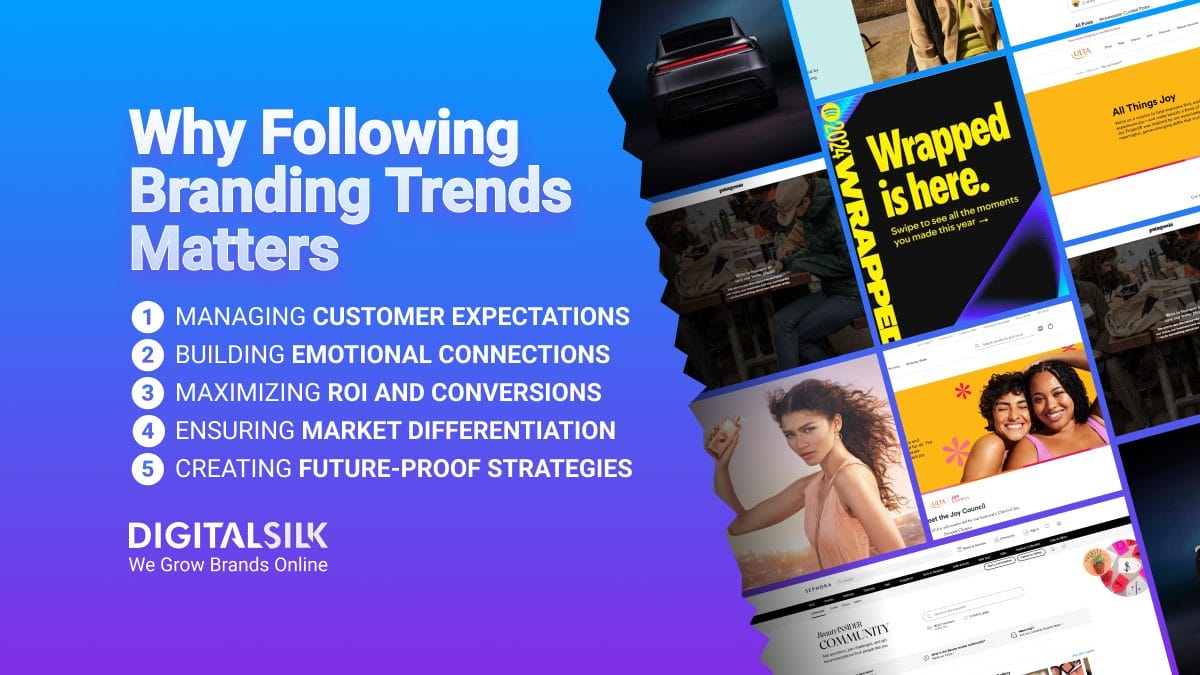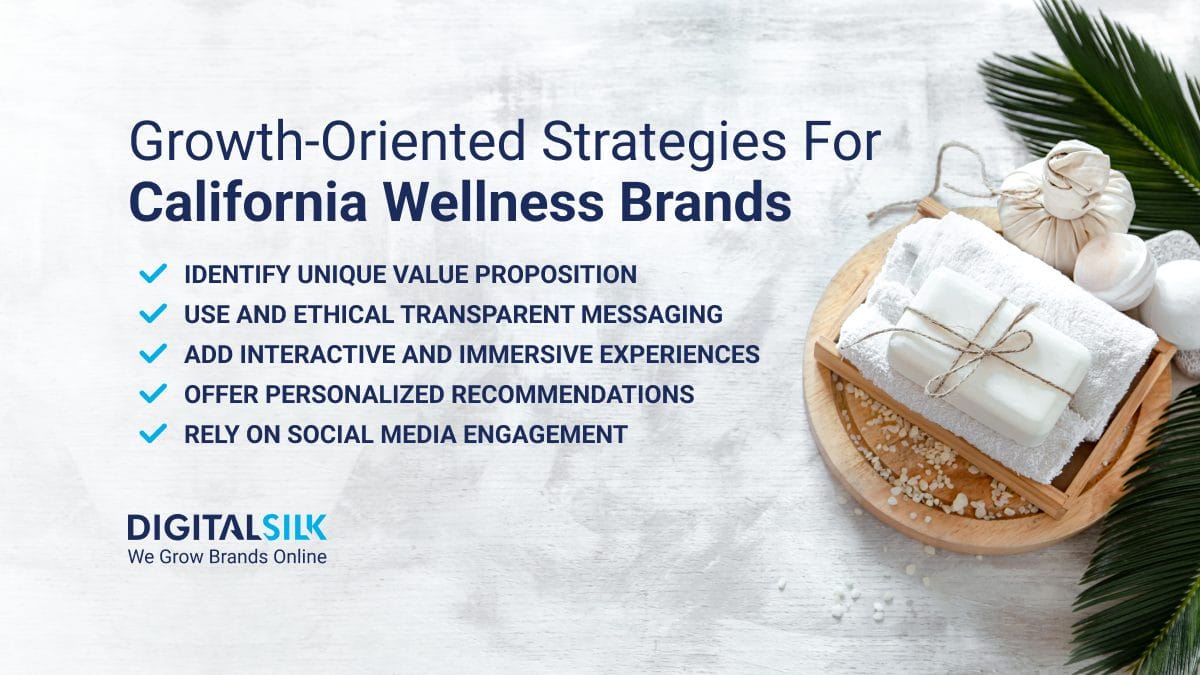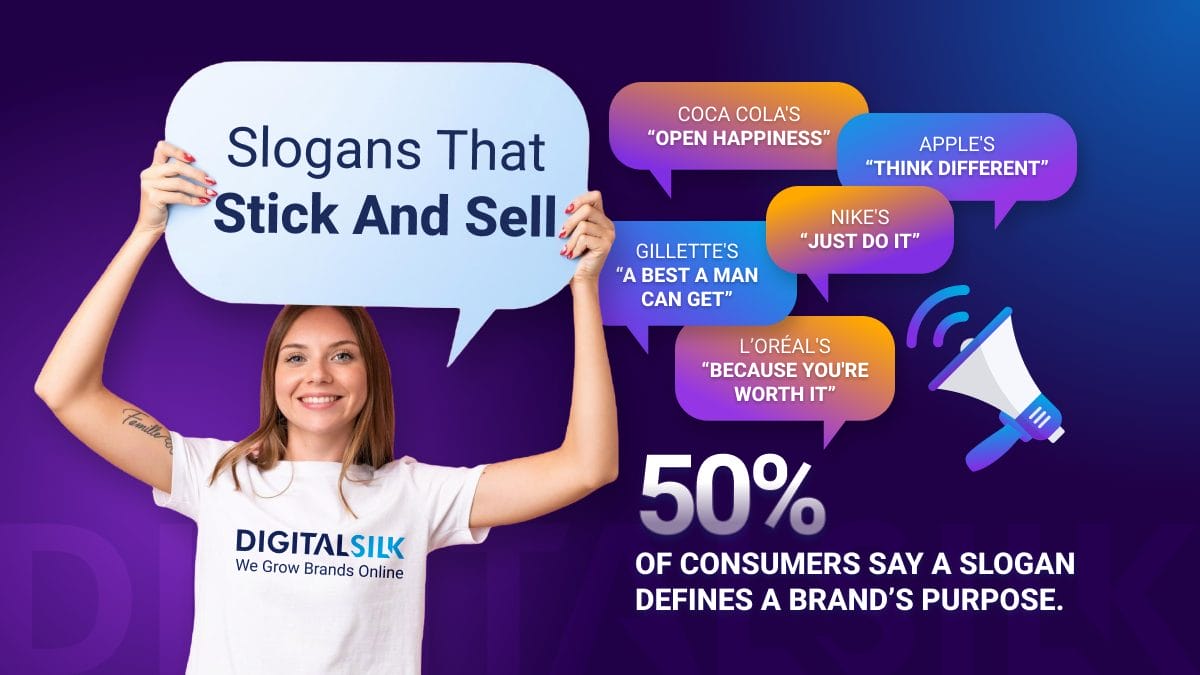Brand Localization: Key Highlights
-
Cultural nuance outperforms translation: Brands like Coca-Cola and Duolingo succeed by aligning messaging with local identity, not just converting text.
-
Visuals shape trust faster than words: Airbnb and Spotify use native imagery, architecture and regional aesthetics to create instant familiarity.
-
Product fit defines market traction: From Netflix’s mobile plans to Nestlé’s region-specific flavors, real growth follows brands that adapt their core offering to local behavior.
Expanding into new markets without brand localization is like entering high-stakes negotiations without knowing who’s across the table.
Without cultural alignment, even easily recognizable brands can misread buyer motivations, dilute their value proposition and slow market penetration.
84% of businesses say localization has positively impacted revenue, with 48% of them adapting their visuals and 42% refining brand terminology to better fit local expectations.
This article explores 15 real-world brand localization strategy examples from global companies like Coca-Cola, Netflix, Airbnb and Apple. You’ll learn:
- How top brands adapt content, visuals and products for regional relevance
- Key localization lessons you can apply to your own strategy
- Why emotional resonance and cultural fluency drive long-term global growth
1. Coca-Cola: Local Language As A Growth Lever
Coca-Cola ranks first among soft drink brands in the U.S. with a brand awareness rate of 95%, but its global strength lies in how skillfully it adapts to local culture.
Through campaigns that reflect how people see themselves in their own communities, Coca-Cola turns familiarity into participation and scale into connection.
Company Localization Strategies
Coca-Cola regularly adapts its packaging and messaging to reflect local culture and the “Share a Coke” campaign is one of its most recognizable global localization examples.
In Australia, bottles featured names like “Sophie” and “Lachlan” that felt instantly personal, while in China, where collective identity often takes precedence over individual recognition, labels used phrases like “Classmate” and “Best Friend” to match cultural dynamics.
The campaign expanded across digital platforms, allowing people to customize bottles, order personalized versions and share them online, strengthening both local relevance and brand preference.
In 2024, Coca-Cola brought this same philosophy to African markets with the launch of “Wozzaah Zero Sugar.” Named after the isiZulu word for “come here,” the campaign ran in Nigeria, Algeria, South Africa and Morocco.
The packaging, designed by Kenyan illustrator Joy Richu, explored the question “what does Africa taste like” through regionally inspired visuals and design choices.
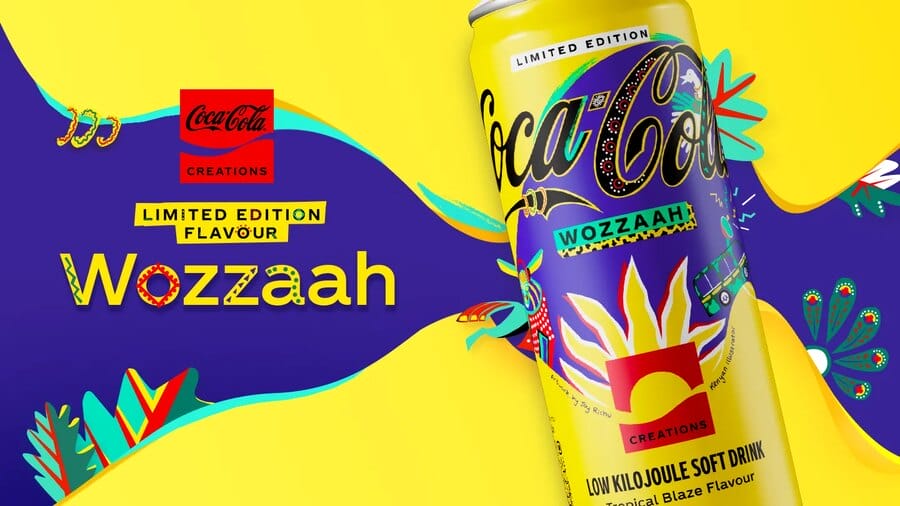
Similarly, the “Phonetic Can” campaign printed local South African names the way they’re spoken, including the distinctive tongue clicks found in native languages.
This effort led to a 158% increase in brand love, 90% penetration and a 5.4% rise in volume.
Key Brand Localization Lessons
- Treat language as a cultural signal: Coca-Cola turns everyday words into brand assets by using names, messaging and local dialects that reflect how people connect with one another. Language becomes a tool for creating shared relevance and emotional resonance.
- Bring local creators into the brand system: By working with regional artists like Joy Richu on campaigns such as “Wozzaah Zero Sugar,” Coca-Cola ensures its visual identity reflects lived cultural experience, not global design defaults.
- Personalization should align with social values: In markets where group identity carries more weight, Coca-Cola adapted from individual names to relationship-driven labels like “Classmate” and “Best Friend,” showing how social dynamics can guide product strategy.
2. Netflix: Scaling Through Local Stories
In Q4 of 2024, Netflix recorded a 16% year-over-year revenue increase, reaching $10.25 billion, with paid memberships rising to 302 million.
This growth reflects a steady focus on making the platform feel relevant in every market it enters.
Company Localization Strategies
Netflix invests in regional and international content that resonates locally before it travels globally. Titles like Money Heist in Spain, Squid Game in South Korea and Lupin in France were created by local teams for local audiences and later scaled.
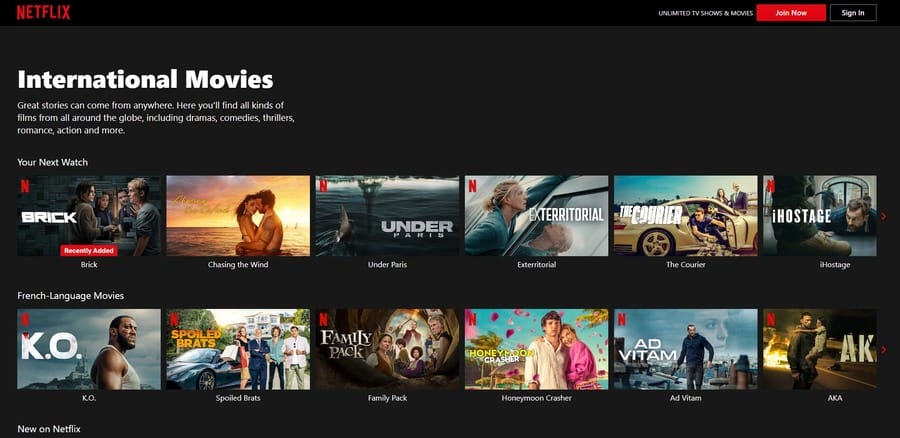
The platform is also tailored to regional preferences, with different options for subtitles, local currencies and pricing tiers that reflect income diversity.
Netflix also offers mobile-only plans, downloadable content and improved video compression to support access in areas with limited connectivity.
Key Brand Localization Lessons
- Let regional content shape brand perception: Audiences connect more easily when stories reflect their own culture, values and experience. Content created locally sends a stronger signal than content translated after the fact.
- Adapt access to reflect local behavior: Pricing, plans and payment formats should follow how people already consume, not how the brand prefers to operate.
- Treat language as part of brand clarity: Interface language, subtitles and voiceovers should feel natural to the user and align with how they process information and emotion.
3. Airbnb: Local Relevance Through Visuals And Experience
In Q4 of 2024, Airbnb reported $2.5 billion in revenue, a 12% year-over-year increase.
This momentum reflects how the company continuously adapts its platform to fit regional expectations, behaviors and visual cues that feel familiar to local users.
Company Localization Strategies
Airbnb’s listings show homes with architecture and interiors that feel native to the region, and campaigns often feature imagery sourced directly from hosts.
Additionally, host stories serve a strategic role in adding depth to listings.
These narratives provide cultural cues, social context and local perspective that help travelers navigate unfamiliar destinations with more clarity and trust.
Key Brand Localization Lessons
- Let authenticity shape your visual system: Stock imagery can’t compete with visuals sourced from real hosts, spaces and communities. When users see familiar textures, layouts and environments, the brand immediately feels closer to home.
- Use storytelling to reduce uncertainty: In unfamiliar settings, users rely on social and cultural cues. Host narratives function as orientation tools that help people feel safe, informed and connected before they even arrive.
- Design with local expectations in mind: From how a listing is photographed to how a checkout flow is structured, every element should reflect how people in that region perceive value, comfort and trust.
- Make the product feel lived-in, not rolled out: Localization isn’t about adjusting a global product. It’s about designing something that could plausibly have started in that market, shaped by local voices, norms and rhythms.
4. Spotify: Designing For Local Culture At Scale
In the fourth quarter of 2024, 32% of global music streaming subscribers were on Spotify, the highest share in the category.
This reach reflects how Spotify has built familiarity across diverse markets by designing an experience that fits local culture, habits and expectations.
Company Localization Strategies
Spotify’s localization strategy combines functional and cultural decisions.
Its app supports 78 languages in 184 markets and includes region-specific features like local payment methods, mobile-first layouts and UI adjustments that reflect how users in each region navigate apps.
The company tailors its playlist covers to reflect local surroundings, using familiar settings, cultural references and visual tones that resonate with users on a personal level.
See how Spotify presents a “Happy Hits” playlist in the United States, India, Taiwan and Turkey:
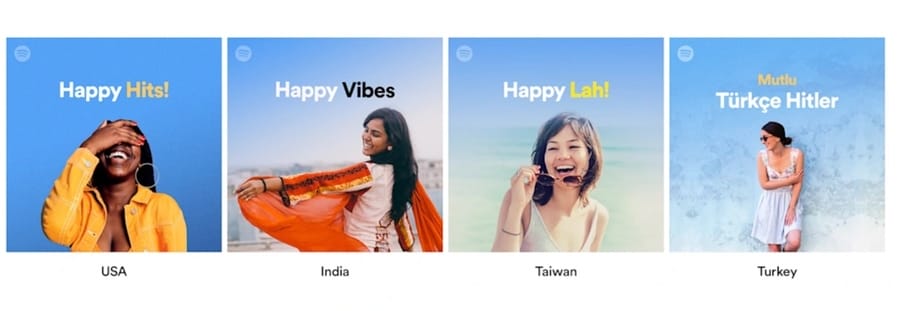
Each version reflects local style, expressions and context, from the tone of the photography to the color palette and typography.
Content curation follows the same approach. Spotify develops regional playlists like African Heat, Top Brasil and Desi Hits, giving local artists visibility and reinforcing the role of music in everyday identity and community.
Key Brand Localization Lessons
- Design with cultural intent, not uniformity: Small visual choices carry meaning. Color, gesture, styling and setting should reflect the emotional cues that feel natural to the audience you’re speaking to.
- Build familiarity into the interface: Payment flows, navigation and content hierarchy should feel intuitive based on how people use digital tools in their daily lives.
- Let local context guide naming and storytelling: Playlist titles, marketing copy and campaign language work better when shaped by regional voice and tone, not just translated equivalents.
- Treat content as cultural infrastructure: Supporting local creators and curators is not just about regional expansion. It’s a long-term strategy to embed the brand into culture, deepen engagement and create advocacy from within the market.
5. McDonald’s: Global Consistency With Local Relevance
McDonald’s earned $25.92 billion in revenue in 2024, reflecting its ability to scale while adapting meaningfully to regional markets.
The brand’s strength lies in delivering a familiar experience that respects local tastes, habits and expectations without losing its core identity.
Company Localization Strategies
McDonald’s remains one of the most referenced global localization examples because it manages standardization and flexibility.
Signature items like the Big Mac, Chicken McNuggets and World-Famous Fries are offered nearly everywhere, reinforcing brand familiarity.
At the same time, local menu items are tailored to reflect regional tastes, dietary customs and cultural expectations.
In India, the Maharaja Mac and McSpicy Paneer provide meat-free options that align with local dietary norms.
Other region-specific items include poutine in Canada, the Teriyaki Burger in Japan and the McKroket in the Netherlands.
Key Brand Localization Lessons
- Balance brand familiarity with regional intent: Core items like the Big Mac provide consistency, but regional menus should be grounded in real local preferences, not assumed novelty.
- Adapt product formats to fit cultural behavior: Portion sizes, ingredients and dining formats should reflect how people eat, not how the brand is organized.
- Make regional development part of operating strategy: Localization should inform sourcing, pricing and menu architecture, not sit apart as a campaign or seasonal experiment.
6. Nintendo: Game Design That Speaks Every Language
Brand-led communication proves more effective than performance-driven messaging in 80% of cases and Nintendo is one of the clearest global brand examples of how that approach builds long-term connection.
With 11.89 million Nintendo Switch units sold in 2024, the brand continues to grow by adapting its products and messaging to meet the expectations of players in different regions.
Company Localization Strategies
Nintendo’s example of a localization strategy focuses on aligning gameplay, language and visual elements with cultural context.
Instead of translating content directly, the company adjusts humor, dialogue, story pacing and even character design to resonate more naturally with each region’s audience.
In Animal Crossing, for example, the same in-game character is portrayed differently in the U.S. and Japanese versions.
In the U.S. release, the character features large, expressive eyebrows and no glasses, while in the Japanese version, the same character appears with more recognizable features and wears glasses, aligning more closely with the expectations of Japanese players.
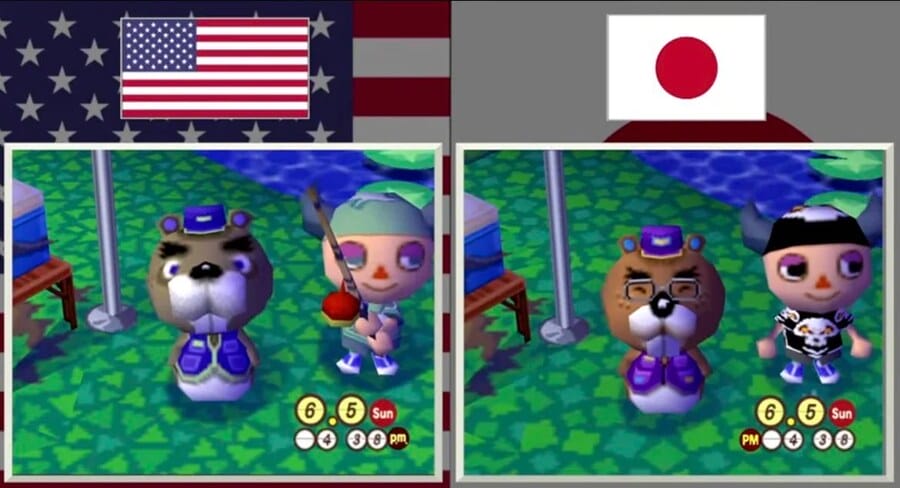
Key Brand Localization Lessons
- Design character and brand behavior around local cues: Visual details, tone and personality should feel familiar to the audience’s cultural expectations, not just consistent with global standards.
- Rebuild content for meaning, not translation: Jokes, dialogue and storytelling formats work best when shaped by how people communicate and connect in their own culture.
- Align product experience with emotional context: The way people interpret identity, humor and tradition should guide how the brand shows up in product, marketing and narrative.
7. Starbucks: Global Consistency With Local Flavor
76% of consumers say they’re more likely to buy from brands they feel emotionally connected to, even when alternatives are available.
Among the most recognizable examples of global brands that deliver on this connection is Starbucks, which adapts the way it shows up in each market without losing the experience people expect from the brand.
Company Localization Strategies
Starbucks builds local relevance through tangible cultural choices.
In India and China, tea takes priority on the menu, reflecting how people consume beverages day to day.
In Japan, ingredients like yuzu and mochi are used in seasonal drinks that feel familiar to local customers, along with traditional rooflines and garden layouts influenced by Shinto design.
For markets like Italy, the menu highlights drinks like Espresso Macchiato, Marocchino and Espresso con Panna, served in glassware that reflects Italian coffee traditions.
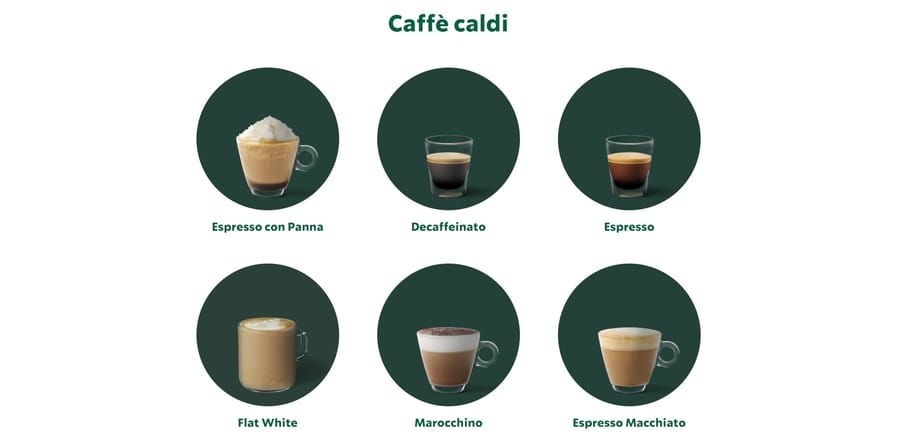
Key Brand Localization Lessons
- Design products to match daily rituals, not global trends: Menus should reflect how people already eat and drink, not ask them to adopt new habits.
- Let physical spaces express cultural fluency: Store architecture and interior design should take cues from local materials, patterns and visual traditions.
- Shape brand behavior to reflect cultural rhythm: Local menus and service models should align with how customers define quality, pace and hospitality.
8. Nestlé: Turning Regional Taste Into Brand Value
Nestlé generated over $37 billion in U.S. sales alone, but some of its most compelling global branding examples come from how it adapts familiar products to reflect regional habits, rituals and preferences.
The company doesn’t rely on a single flavor profile or cultural reference, but it rethinks products to align with local identity and everyday behavior.
Company Localization Strategies
In Japan, KitKat became more than a chocolate bar. Nestlé recognized its phonetic similarity to kitto katsu, a phrase that expresses encouragement and used it to anchor the product in rituals around good luck and gift-giving.
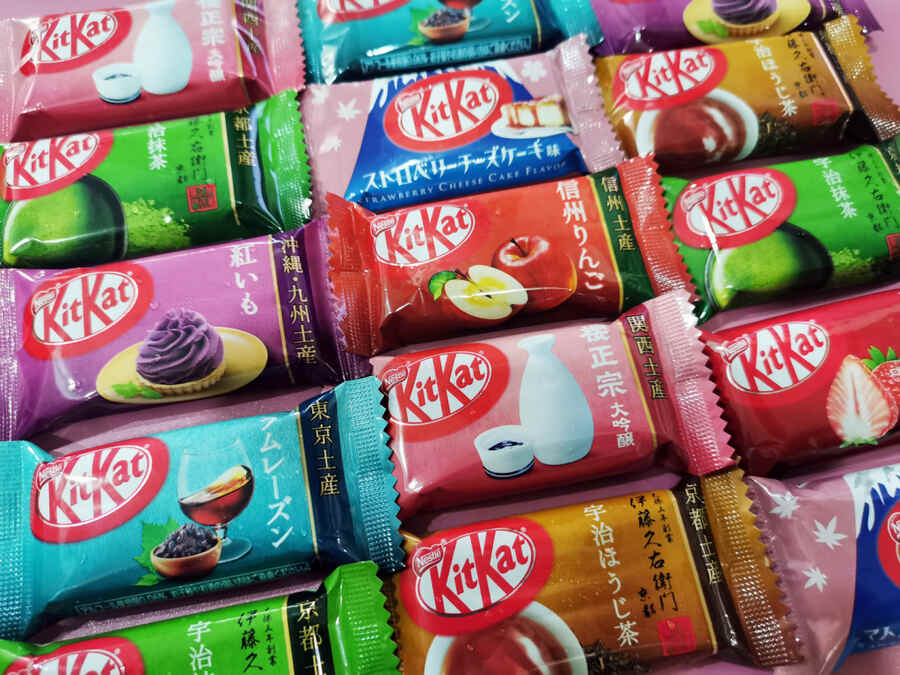
The company then introduced a wide range of locally inspired flavors, many of which are sold exclusively in specific regions and cultural touchpoints.
Key Brand Localization Lessons
- Treat product variation as brand expression: Adjustments to form, flavor or format should reflect how people experience identity, memory and occasion in a specific market.
- Tie offerings to local meaning, not just market demand: Products resonate more deeply when they reflect local traditions, values or habits that already exist.
- Use specificity to build emotional familiarity: Regional details help global brands feel less abstract and more grounded in everyday life.
9. LEGO: Making Culture Part of the Build
LEGO holds 91% brand awareness in the United States, but what makes it stand out among global brands examples is how it treats localization as part of product strategy, not brand maintenance.
The company adapts its products based on how people in different regions interpret learning, storytelling and imaginative play.
Company Localization Strategies
LEGO adjusts packaging to meet the visual and informational expectations of each market. This includes translating product descriptions, adapting imagery and featuring product details that reflect what customers in that region tend to prioritize.
Its website also offers fully localized experiences with country-specific content, language options and local currency support.
Product development reflects cultural context. The LEGO Taj Mahal set, shown below, is built around a globally recognized symbol of Indian architecture.

Its inclusion in the product lineup acknowledges cultural pride and history, giving users the experience of assembling something that holds meaning in their world.
Key Brand Localization Lessons
- Let cultural context shape product storytelling: Build experiences around symbols, spaces and ideas that already hold meaning in the region, rather than creating new ones from scratch.
- Adapt packaging to local decision patterns: Front-of-box visuals, language and layout should reflect what people in that market notice, compare and value when choosing a product.
- Reflect how creativity shows up in everyday life: Whether it’s education, architecture or play, product relevance grows when it connects with how people already think and create.
10. Frito-Lay: Connecting Through Locally Relevant Moments
Frito-Lay is one of the clearest localized marketing examples where timing, tone and topic shift by region.
The brand builds content around the events, rituals and media habits that already shape how people gather and pay attention in each place.
Company Localization Strategies
Frito-Lay adapts its messaging by anchoring campaigns in major cultural or sporting moments specific to each market.
Ahead of the UEFA Champions League Final, the brand shaped its European campaign around football fandom and match-day rituals.
In the United States, the focus shifted to the Super Bowl, highlighting the role of snacks in pre-game traditions and social gatherings.
Key Brand Localization Lessons
- Use shared events as cultural entry points: Campaigns built around local sports, holidays or gatherings feel immediate and familiar to the audience.
- Let audience passion shape brand voice: Tapping into what people already care about builds faster trust and stronger connection than introducing a new narrative.
- Time campaigns around regional anticipation, not corporate calendars: Local relevance depends on being present when attention is already focused.
11. Vogue: Local Style Through Personal Voice
In 2024, 45% of Gen Z consumers made purchases from influencer or celebrity brands, compared to 24% overall.
Vogue has long understood the link between cultural influence and consumer behavior, making it one of the more compelling global brand examples when it comes to shaping identity through content.
Company Localization Strategies
Vogue builds its strategy based on relevance and giving local personalities the space to express style in their own terms.
In its “7 Days, 7 Looks” series, the format stays consistent across markets, with Winnie Harlow presenting her personal style shaped by American streetwear and pop culture.
Vanesa Lorenzo brings a Mediterranean perspective rooted in Spanish tradition and everyday ease.
Key Brand Localization Lessons
- Create formats that invite local expression: Repeatable structures work best when they allow space for regional voices to shape the tone and content.
- Let influence reflect cultural proximity: Audiences connect faster with figures who mirror their environment, values and daily life.
- Use local talent to shape what relevance looks like: Writers, creators and contributors with cultural insight help the brand stay fluent without needing translation.
12. Apple: Local Meaning Without Losing Global Focus
The most valuable brand in the world at $1.02 trillion doesn’t need to shout to be recognized.
Apple’s approach to localization is built around small, meaningful changes that carry weight in the right markets.
Company Localization Strategies
For Lunar New Year, Apple doesn’t just repackage its message. It commissions original storytelling that fits the moment.
This year’s short film, Want to Listen to Songs with You, directed by The Greatest Showman’s Michael Gracey, was shot entirely on the iPhone 16 Pro and released as part of Apple’s annual Spring Festival series.
Apple also introduced limited edition Year of the Snake AirPods 4, available in China, Hong Kong, Taiwan and Singapore.
The product itself was unchanged, but the engraved USB-C case marks the occasion in a way that feels personal and culturally specific.
Key Brand Localization Lessons
- Create formats that invite local expression: Apple’s film series provides a repeatable structure while allowing regional creatives to define the voice and narrative.
- Let influence reflect cultural proximity: Campaigns feature directors and artists from the region, helping the message resonate with local habits, values and aesthetics.
- Use local talent to shape what relevance looks like: Creative work like Apple’s Spring Festival film is built by teams fluent in the culture they’re speaking to, eliminating the need for interpretation.
13. Nike: Building Products With Cultural Intention
Nike closed 2024 with nearly $49 billion in global athletic apparel sales, driven in part by products shaped through cultural insight.
Its approach goes beyond category leadership, focusing on how apparel can reflect identity, purpose and belonging in specific markets.
Company Localization Strategies
Nike developed the Pro Hijab by working closely with athletes in markets like Indonesia, Malaysia and the UAE.
The result was a lightweight, high-functioning hijab tested by real users and introduced through regionally relevant campaigns.
Its launch gained attention across both sports and fashion media, expanding Nike’s reach with communities that had previously been underrepresented in the category.
Key Brand Localization Lessons
- Co-create with users who reflect your audience: Collaborating with people who live the need you’re addressing leads to better-functioning and more culturally aligned products.
- Let product design express values, not just function: Items that solve for local context and cultural expression can deepen brand meaning over time.
- Turn regional insight into global value: Insights developed for one market can unlock creative direction, messaging and product innovation across others.
14. Amazon: Scaling With Regional Marketplaces
With an aggregate index score of 52, Amazon ranks as the second most valued brand in the U.S.
Its strength comes from aligning operations with how people shop, pay and expect to receive products across regions, without interrupting the core buying experience.
Company Localization Strategies
Amazon localizes by rebuilding the mechanics of its platform around regional norms. Each country-specific site reflects local language, currency and preferred payment options.
Delivery models are adjusted based on what customers expect in that market, whether that means next-day shipping, scheduled drop-offs or pickup hubs.
Behind the scenes, warehousing, logistics and customer support are adapted to match the flow of orders and returns in each region.
On the front end, recommendations, promotions and product visibility shift with local demand and seasonal behavior.
Key Brand Localization Lessons
- Make logistics part of the customer experience: Speed, reliability and method of delivery influence how customers assess value and convenience.
- Adapt operations to match existing behaviors: Build fulfillment and payment systems around what people already trust and use in their market.
- Deliver consistency through localized systems: Customers care about outcome, not process. Regional adaptation should support the brand’s global standard without requiring uniform execution.
15. Duolingo: Driving Engagement Through Cultural Play
Duolingo has turned language learning into a daily habit for millions by blending gamification with local humor and personality.
Its product experience adapts to each market with tone, jokes and references that feel familiar, not foreign.
Company Localization Strategies
Lessons include market-specific humor, characters reflect cultural cues and prompts are tuned to how people actually speak in daily life.
The playful sentence structure and tone reflect Duolingo’s style of embedding informal, conversational phrases to hold interest and boost recall.
Regional teams also shape marketing material around popular memes, slang and references that already circulate in the local culture.
Key Brand Localization Lessons
- Infuse personality into the product itself: When tone and visuals feel culturally fluent, the experience becomes more memorable and shareable.
- Reflect how people use language in the real world: Phrases that sound authentic increase confidence and make daily engagement feel relevant and approachable.
- Use local humor to spark routine interaction: Market-aware jokes and pop culture nods drive repeat behavior and help brands stay present without feeling repetitive.
Common Brand Localization Mistakes
Even well-established companies can misstep when scaling globally. Here are a few misfires to avoid:
- Literal translations without cultural adaptation: Language must match tone, nuance and emotional resonance, and not just accuracy.
- Forgetting local norms: From colors to gestures, what works in one market might offend or confuse in another.
- Lack of local talent: Without regional insight, messaging often feels generic or forced.
- One-size-fits-all UX: Navigation and payment preferences vary greatly. A single layout can’t serve all.
- Ignoring seasonality and timing: Launching a campaign during a local holiday, or worse, a time of mourning, can damage credibility.
Does Localization Really Pay Off?
Aside from the 84% increase in revenue, localization helps brands build deeper, more authentic connections with local audiences.
This often translates into stronger brand recognition, with 86% of companies seeing a clear boost after tailoring their content to regional markets.
That brand recognition, in turn, drives improvements in customer acquisition, retention, and competitive differentiation.
Rather than being a one-time tactic, localization becomes a long-term growth strategy that strengthens performance across the entire business.
What These Brand Localization Lessons Mean For You
You don’t need a $50B brand to apply these strategies. Here’s how growing companies can localize with impact:
- Launching a product in Latin America? Follow Coca-Cola’s lead and tailor your packaging and copy to local customs.
- Expanding a SaaS platform? Take a page from Netflix and develop content for the region first, scale later.
- Building a mobile app? Design your UI like Spotify by aligning layout, currency and flow with user expectations.
- Offering physical goods in Asia? Learn from Nestlé and create products with symbolic local value.
Scale Your Brand Globally With Digital Silk
Effective global branding means meeting people where they are, with ideas that feel familiar and experiences that feel intentional.
Brands that adapt thoughtfully across markets tend to earn deeper loyalty and longer-term relevance.
At Digital Silk, our in-house branding specialists craft localization strategies that align with regional context while preserving what makes your brand distinct.
As a full-service branding agency, our services include:
- Branding solutions
- Rebranding services
- Brand identity development
- Logo design
- Custom web design
- Digital marketing
Contact our team, call us at (800) 206-9413 or fill in the Request a Quote form below to schedule a consultation.
"*" indicates required fields


